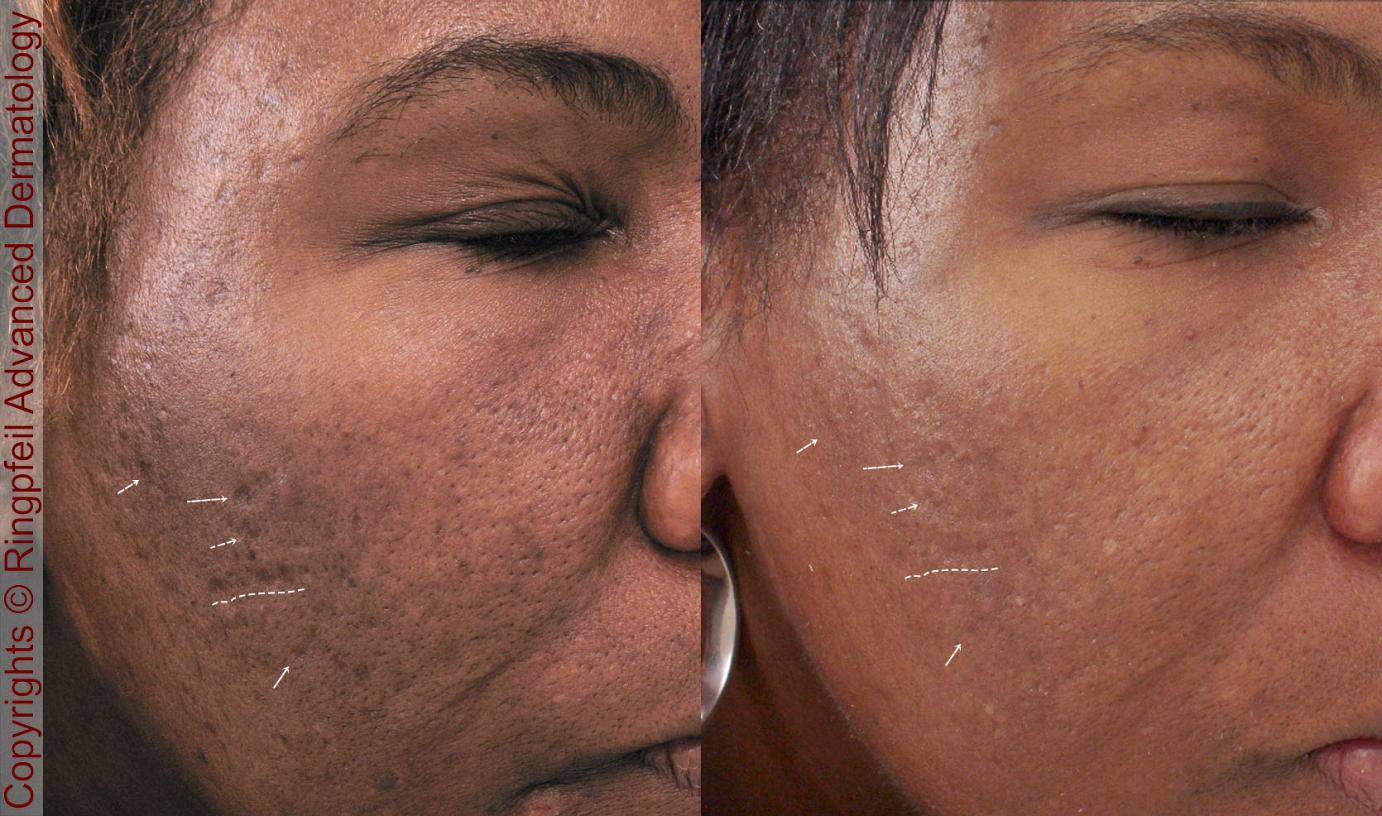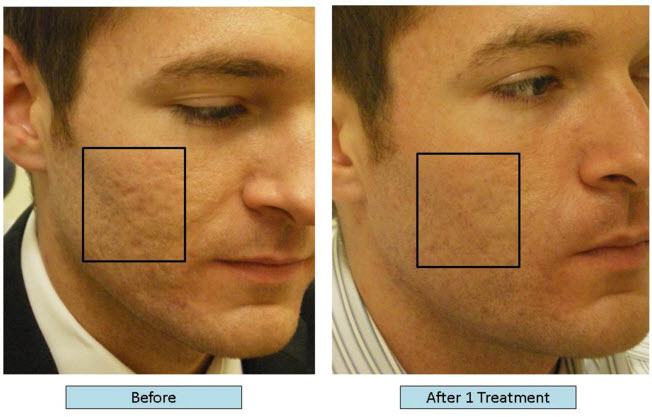Skin Rejuvenation Treatments: Revitalize Your Skin and Reduce Acne Scars
Skin Rejuvenation Treatments: Revitalize Your Skin and Reduce Acne Scars
Blog Article
Exploring Skin Conditions: Dealing With and determining Acne Scars for Healthier Skin
Acne scars stand for a significant problem for individuals seeking to preserve healthy and balanced skin, as they can influence both appearance and self-confidence. Understanding the different sorts of scars, from atrophic to hypertrophic, is important for determining appropriate treatment choices. While specialist treatments like chemical peels and microneedling can be effective, the value of customized care strategies can not be overemphasized. Preventative procedures play an essential duty in lessening future scarring. As we explore these elements, one must take into consideration how the right strategy can lead to transformative results.
Comprehending Acne Marks

The body's all-natural recovery procedure can result in either atrophic marks, which look like depressions in the skin, or hypertrophic scars, which are increased and arise from overproduction of collagen. In addition, the mental toll of acne marks should not be ignored; lots of individuals report feelings of humiliation, stress and anxiety, and decreased self-esteem. This emotional worry can influence social interactions and overall lifestyle.
Addressing acne marks calls for an extensive understanding of their formation and effect. Awareness of the potential for long-term repercussions associated with unattended scars can motivate people to look for suitable treatments. Early treatment and effective monitoring approaches can dramatically boost skin look and improve emotional strength, emphasizing the significance of understanding the complexities bordering acne marks.
Types of Acne Scars
Acne marks can be classified into distinct kinds, each displaying distinct attributes and requiring specific treatment strategies. acne scars. The key sorts of acne marks consist of atrophic, hypertrophic, and keloid scars

Hypertrophic marks, in contrast, are increased above the skin level and are the result of too much collagen production throughout the recovery process. They normally stay within the borders of the original acne lesion. Keloid scars are similar however prolong past the original injury site, forming larger, elevated locations that can be itchy or agonizing.
Understanding these kinds of scars is essential for selecting suitable therapy choices. Different marks may react much better to certain treatments, such as laser therapies, fillers, or medical treatments, highlighting the value of a tailored strategy to acne mark administration.
Determining Your Scars
When assessing the look of your skin, it is crucial to accurately determine the kind of marks present, as this will certainly educate one of the most reliable therapy approach. Acne marks normally drop into two categories: atrophic and hypertrophic marks. Atrophic marks, which are one of the most usual, look like depressions or impressions on the skin. These can better be classified into ice-pick marks, boxcar scars, and rolling scars, each showing distinct features and calling for various approaches for assessment.
Hypertrophic marks, on the other hand, are raised and take place because of Website too much collagen production during the healing procedure. Acknowledging the details functions of your scars-- such as structure, deepness, and size-- is crucial for correct recognition (skin rejuvenation treatments). Additionally, consider the distribution of marks across your skin, as this can suggest the seriousness and duration of the acne problem
Involving with a skin doctor can offer important understandings into the nature of your scars, aiding in the differentiation between numerous types. A comprehensive understanding of your marks will inevitably lead to an extra tailored and reliable treatment plan, making sure a more clear and healthier complexion.
Treatment Alternatives Offered
Recognizing the specific type of acne marks present on your skin prepares for discovering efficient treatment choices. Common sorts of acne scars consist of atrophic (clinically depressed), hypertrophic (increased), and post-inflammatory erythema.
For atrophic marks, options such as chemical peels, microneedling, and laser resurfacing are commonly utilized. Chemical peels utilize acids to eliminate the external layer of skin, promoting new cell growth. Microneedling entails tiny needles that develop micro-injuries, boosting collagen manufacturing. Laser resurfacing targets harmed skin cells, boosting structure and tone.
Hypertrophic scars can be treated with corticosteroid shots to flatten the mark or laser therapy to decrease redness and boost appearance. Silicone gel sheets and pressure dressings might likewise aid in handling elevated marks.
On top of that, dermal fillers can briefly fill in clinical depressions from atrophic marks, while medical excision may be ideal for extreme situations. Each therapy option has its benefits and factors to consider, making it important to consult with a skin doctor. They can provide individualized suggestions based upon the kind and severity of your marks, as well as your skin kind and total health.
Tips for Prevention
Reliable prevention techniques can substantially minimize the possibility of developing acne marks. Utilizing non-comedogenic products assists protect against stopped view it now up pores, which can exacerbate acne.
Preventing the desire to select or stand out acne lesions is vital, as this can result in much deeper skin damage and boost the risk of scarring. Rather, consider making use sites of a cold compress or over the counter therapies to reduce swelling and soreness.
Sun protection is an additional essential element of avoidance; ultraviolet (UV) rays can dim marks and prevent the recovery process. Applying a broad-spectrum sun block with a minimum of SPF 30 daily can secure the skin and promote even healing.
Lastly, keeping a balanced diet rich in antioxidants, vitamins, and minerals supports skin health and wellness and recovery. Remaining hydrated and handling stress degrees can likewise play a considerable duty in reducing acne flare-ups. By carrying out these methods, people can significantly reduce their opportunities of creating acne scars.
Conclusion
In final thought, understanding and recognizing acne marks is crucial for efficient therapy and attaining healthier skin. Numerous types of acne scars, consisting of atrophic and hypertrophic marks, necessitate details interventions tailored to individual demands.
The body's natural healing process can result in either atrophic scars, which appear as depressions in the skin, or hypertrophic marks, which are elevated and result from overproduction of collagen. They are more separated into 3 subtypes: ice pick marks, boxcar marks, and rolling scars. Acne marks typically fall into two classifications: hypertrophic and atrophic marks. These can further be classified right into ice-pick scars, boxcar scars, and rolling marks, each displaying unique attributes and calling for different methods for analysis.
Various kinds of acne marks, including atrophic and hypertrophic scars, necessitate particular treatments tailored to private demands.
Report this page